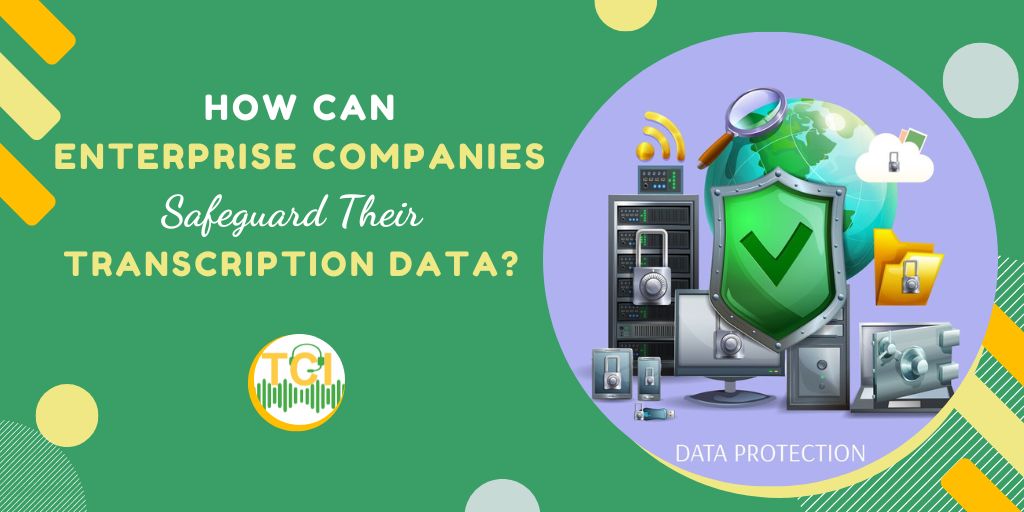
As data privacy considerations and data-driven insights become key factors in business development, the need for accurate and timely transcripts grows. Transcripts satisfy record-keeping and compliance needs, improve accessibility, and can become the basis for invaluable training materials.
However, producing and maintaining them comes with cybersecurity risks. This article briefly touches on these risks and offers actionable steps any enterprise company should take to safeguard its transcription data.
Companies at the enterprise level in fields like legal, healthcare, finance, and others rely on transcripts to conduct day-to-day operations seamlessly. These transcripts often contain confidential information, including deposition or medical details, intellectual property discussions, corporate strategies, personal data, and other sensitive content.
A data breach or leak of this information can severely impact a company's reputation and finances, as well as those of its clients. Additionally, not meeting security standards may violate various laws and regulations specific to each industry. For example, companies handling medical transcripts must follow the strict data security standards set by HIPAA. Even a brief overview of these requirements shows why neglecting transcript security would be unwise.
Safeguarding transcription data requires a collaborative effort where all parties adhere to cautious security practices and established measures. Here’s how enterprise companies can play their part in ensuring maximum security.
Since transcription service providers access all your audio and video materials, it’s essential to ensure they follow top security practices. Choose providers with a verifiable reputation that employs domestic transcriptionists.
Additionally, confirm their compliance with general and industry-specific confidentiality regulations. Have them sign a non-disclosure agreement (NDA) and check if they use a secure transcription portal with encrypted file-sharing capabilities, as this will be crucial for daily operations.
Once you receive a transcript, safeguarding its contents is your responsibility. Data encryption is fundamental for secure file storage and sharing with clients, as it scrambles transcript content, preventing unauthorized individuals from viewing it in plaintext.
Encryption should be enforced both during data transmission and while at rest. Industry standards recommend SSL for data in transit and AES-256 for data at rest. Monitoring network traffic for unencrypted file transfers and conducting regular encryption audits helps ensure consistent encryption practices across departments.
The human element remains one of the hardest factors to control in cybersecurity. Implementing robust access control systems minimizes insider threats and data leaks. Adopting role-based access and the principle of least privilege helps restrict transcription data access to only those employees with a legitimate need.
Enterprise password managers can significantly strengthen access control by securely storing employee account credentials in an encrypted environment, reducing accidental exposure and password sharing. These tools generate unique, complex passwords for each account and can automatically update them for added protection.
For instance, enterprise-grade password managers like NordPass employ advanced encryption standards and integrate with existing access control measures. They offer detailed access control, auditing capabilities, and multi-factor authentication for added security.
To stay compliant, maintain customer trust, and present a robust cybersecurity defense, enterprise companies should prioritize the protection of transcription data. Compromised transcription data can lead to severe financial, reputational, and legal consequences that no company wants to face.
Can be better
Easy to read/ understand
Found it helpful

Your TRANSCRIPTION CAREER CAPSULE to Help You BOOST Your Potential
Latest Industry News, Jobs, Tips and More..

Be the first to post a comment